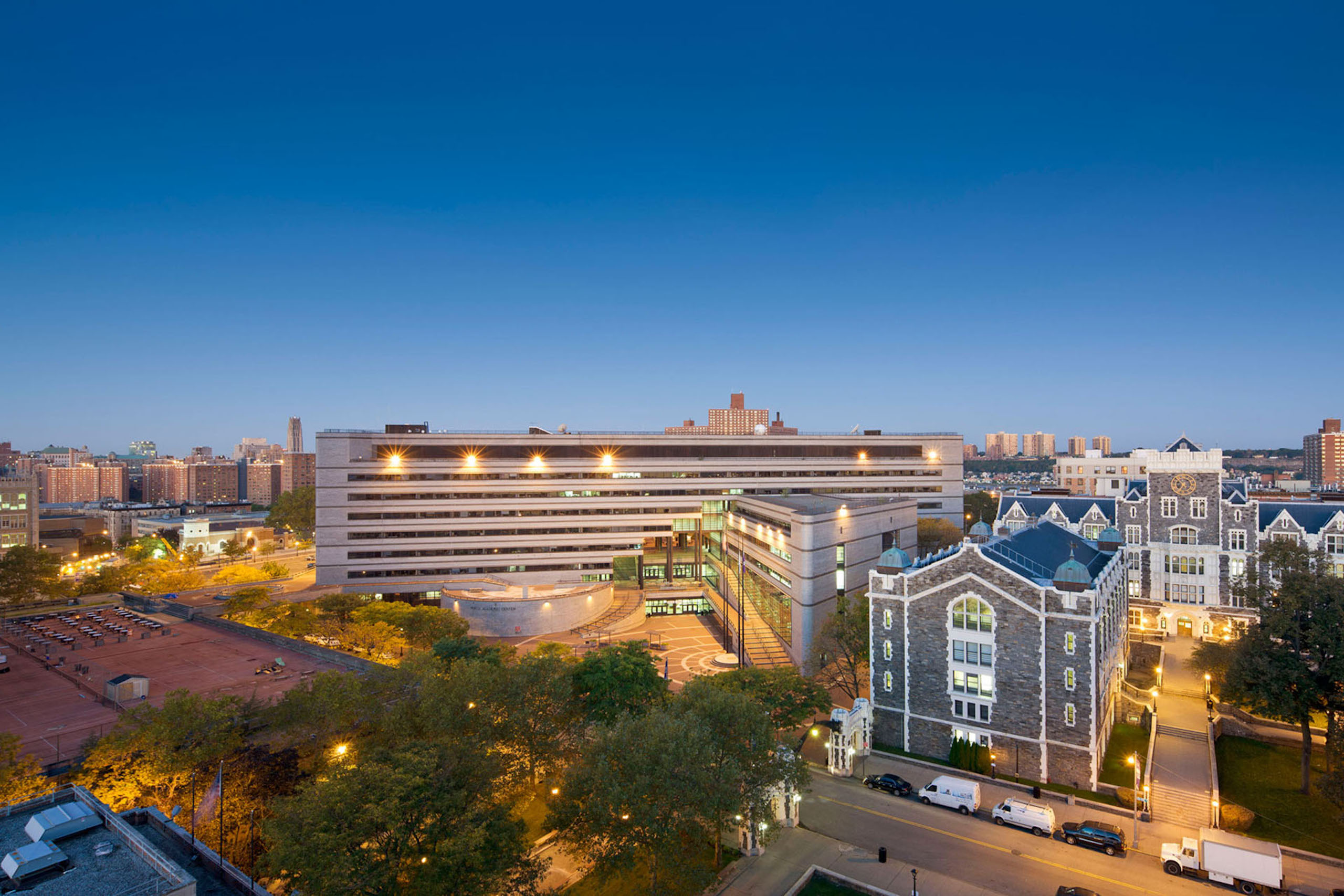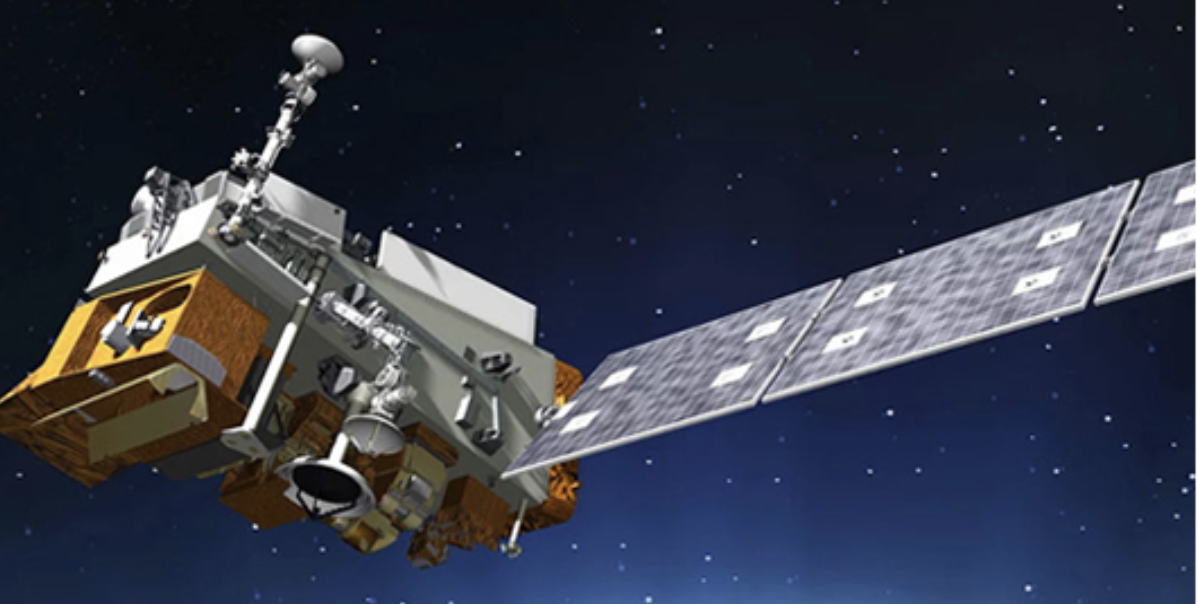CREST is home to a diverse and interdisciplinary network of research centers, laboratories, and programs that advance Earth system science, technology innovation, workforce development, and environmental resilience. They serve as a hub for innovation, training, and collaboration across academia, and industry. Explore our research ecosystem below.

Research Centers
Large-scale hubs driving interdisciplinary research across climate, water, and Earth system sciences. CREST's centers lead multi-institutional collaborations, integrating satellite remote sensing, environmental modeling, and STEM workforce development.
Read More
Research Groups
Specialized teams focused on key scientific themes such as urban climate, coastal resilience, and environmental analytics. These groups combine field data, modeling, and remote sensing to answer pressing Earth science questions.
Read More
Programs
CREST’s education and outreach programs connect students from high school to graduate levels with real-world research. Through internships, mentoring, and hands-on training, these programs build the next generation of STEM leaders.
Read More